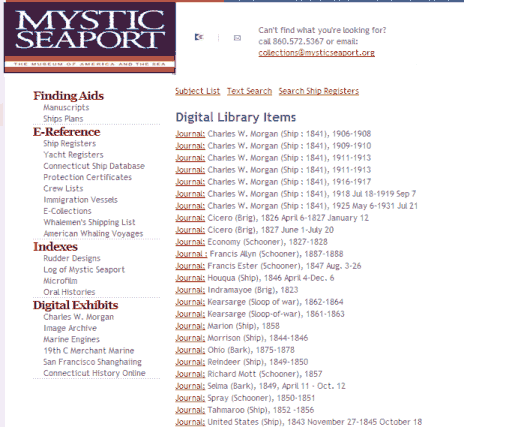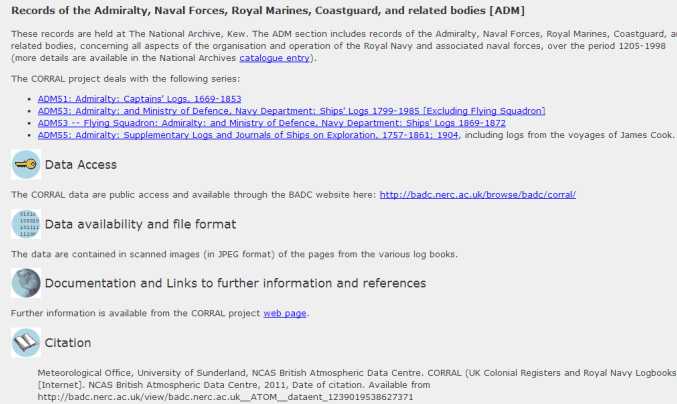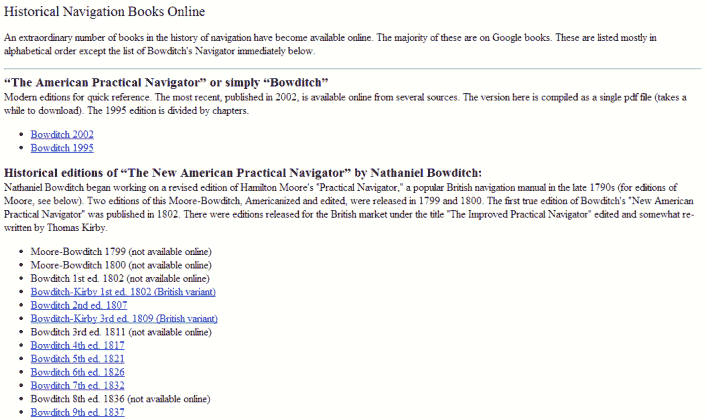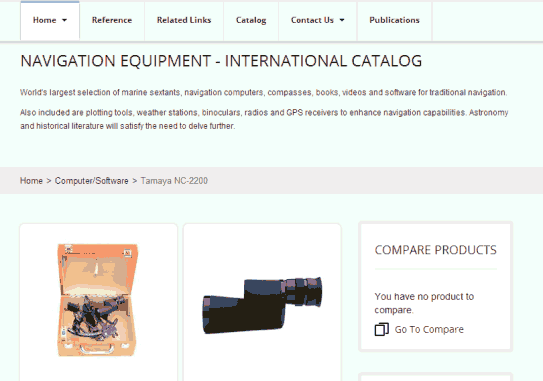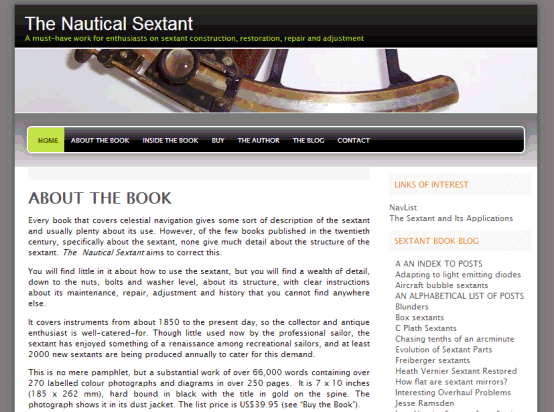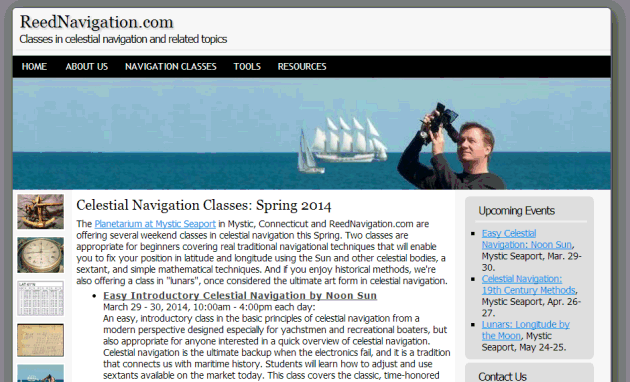
NavList:
A Community Devoted to the Preservation and Practice of Celestial Navigation and Other Methods of Traditional Wayfinding
From: Martin Caminos
Date: 2022 Oct 11, 10:15 -0700
I live in Miami, and because I can only see the ocean horizon to the east, I usually take the sights from my backyard around 20 miles inland using a bubble sextant, that is not as precise as a marine sextant.
I usually take five sights of each body in a 5- minute period and use the average time and Hs of all sights unless any of them is quite off respect to the others.
When using three bodies, it is important to make sure that the bodies are (ideally) 120 degrees apart in azimuth, or at least that the sum of the three Zn are at least 180 degrees apart. Otherwise, the observed position might not be somewhere inside the triangle, and I have to use the bisect method to determine the observed position outside de triangle.
Also, if the sight reduction is based of the 249 vol 1 tables (and not using spherical trigonometry), I need to correct the observed position according to table 5. Sometimes, that could be up to a couple of miles off depending on the LHA of Aries at the time of the observation.
The usual errors with taking sights of the stars or planets are between two o three miles from my real GPS position. When I do it during the day with just two sights of the sun (around 90 degrees apart in Zn), in a good day the error could be between 1 and two miles (always with the bubble sextant).
By the way, the bubble sextant I use was made in 1941.
I hope my experience helps.

